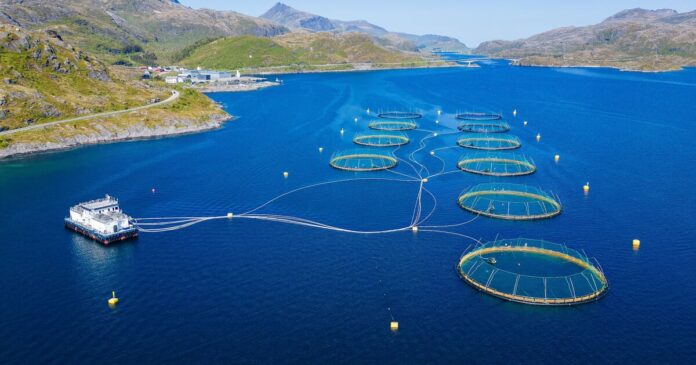Introduction to Manolin’s Observer Report
Manolin, a pioneering data intelligence platform dedicated to the aquaculture industry, has recently unveiled its inaugural Observer Report. This innovative series aims to enhance the depth of insights available to Norwegian fish farmers, regulators, and various industry stakeholders. By publishing this quarterly report, Manolin seeks to deliver data-driven analyses on critical performance topics that significantly influence the aquaculture sector.
Focus of the Inaugural Edition
The first edition of the Observer Report, titled Annual Sea Lice Performance, provides an extensive evaluation of sea lice pressure and treatment capacity throughout Norway. These two factors are essential for understanding and tackling one of the most persistent challenges facing the country’s aquaculture industry—sea lice infestations.
Key Findings on Sea Lice Pressure
According to the findings published in the report, Norway experienced a 30 percent increase in peak total female sea lice pressure in 2024 compared to previous years. This alarming uptick translates to an estimated 31 million additional female sea lice present across the country, significantly exceeding prior averages. Manolin’s analysis attributes these spikes to rising sea surface temperatures, which create conducive conditions for lice proliferation.
The Challenges of the 2024 Sea Lice Season
In a statement released by Manolin’s CEO, Tony Chen, he reflected on the challenges of the 2024 sea lice season, describing it as one of the most difficult in the last decade for Norway. He emphasized that there has been a lack of clarity regarding the severity of the situation in local waters. “By using our AI-powered platform, our team has produced a truly unique analysis of Norway’s sea lice situation, including estimated sea lice pressure and the total number of cages treated per production area,” Chen stated.
Embracing AI for Practical Applications
Chen further elaborated on the importance of leveraging artificial intelligence in practical applications within the aquaculture industry. “In a world dominated by AI, we believe it is crucial to utilize technology in ways that yield tangible benefits. This report serves as an example of that philosophy, offering the industry a new level of insight into the sea lice conversation that has not been available before. And this is just the beginning for us,” he concluded.
The Significance of Data-Driven Insights
The launch of the Observer Report marks a significant milestone for Manolin and the aquaculture sector in Norway. By focusing on data-driven insights, the report empowers stakeholders with the knowledge necessary to make informed decisions regarding sea lice management and treatment strategies. This enhanced understanding is vital for ensuring the sustainability and productivity of Norway’s aquaculture industry in the face of ongoing environmental changes.
Future Implications for the Aquaculture Industry
As the aquaculture industry grapples with the challenges posed by sea lice and other environmental factors, the release of the Observer Report signifies a commitment to transparency and innovation within the sector. By providing comprehensive data analyses and actionable insights, Manolin is positioning itself as a key player in the ongoing efforts to improve aquaculture practices, ensuring that fish farmers, regulators, and other stakeholders can navigate the complexities of the industry more effectively.
Conclusion
In conclusion, Manolin’s Observer Report serves as a crucial tool for the Norwegian aquaculture industry, offering valuable insights into sea lice performance and treatment capabilities. The findings from the inaugural report underscore the urgency of addressing sea lice infestations, particularly given the projected increases in sea lice pressure. By embracing data intelligence and AI-driven analysis, Manolin is not only contributing to the advancement of the aquaculture sector but also fostering a culture of collaboration and innovation among industry participants. As the industry moves forward, the insights provided by the Observer Report will be instrumental in shaping effective management strategies and enhancing the overall sustainability of aquaculture practices in Norway.



